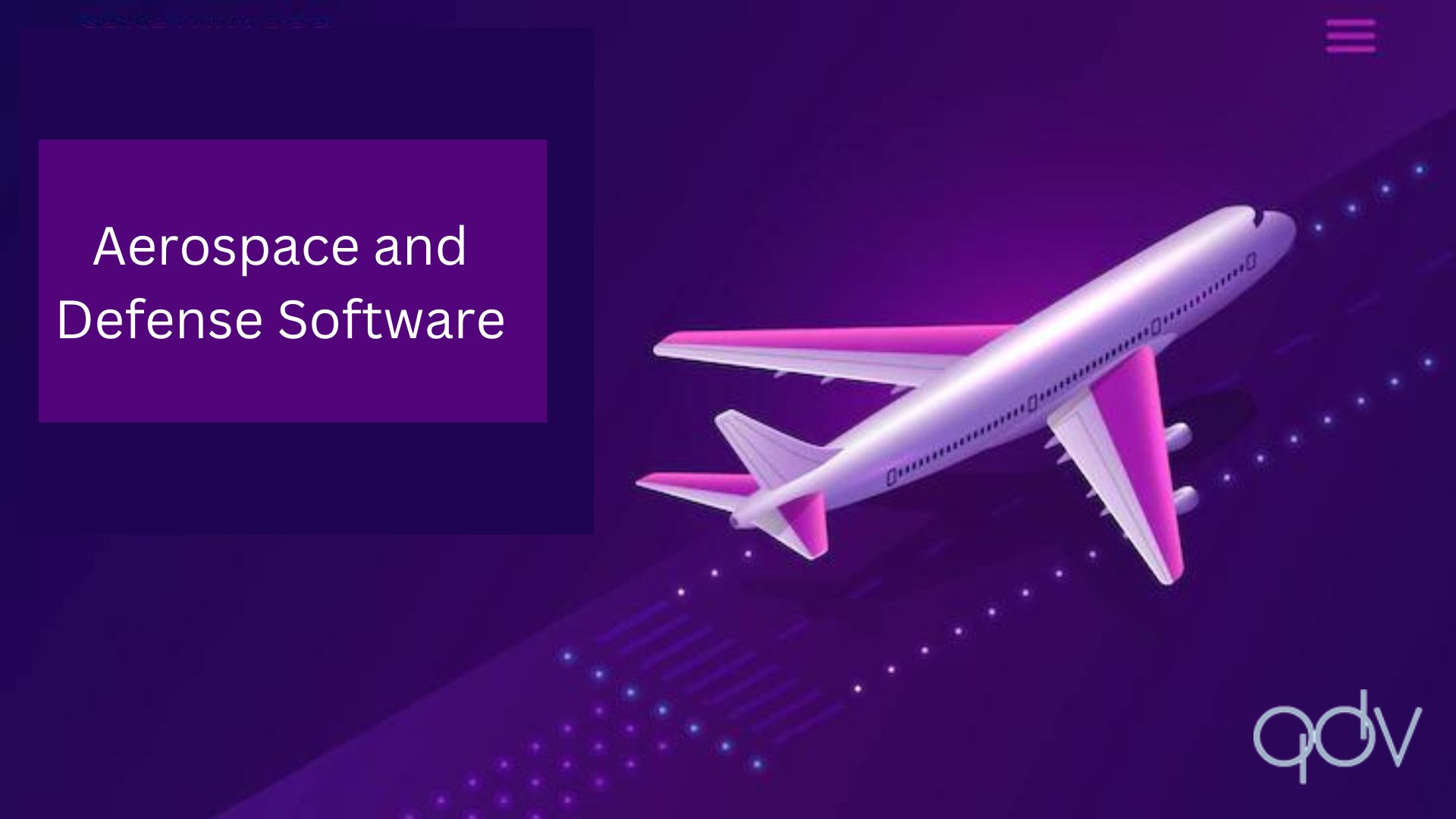To revolutionize the Aerospace and Defense ecosystem, the industry can use tried and tested techniques from the aerospace and defense software development industry. It will aid in the improvement of system performance, the creation of affordable goods, and the consideration of people’s wants, needs, and aspirations. It will aid in the reduction of production costs and the enhancement of customer satisfaction.
Software engineering may have three effects on the aerospace and defense industries.
One consistent and dependable service
The continuous delivery software engineering practice creates, tests, and releases aerospace and defense software to improve the user experience. We consider both individual ingenuity and the effectiveness of our production methods in this two-way process. Before being transferred to the machine, a software engineer develops the original concept. This is the conversation that occurs whenever a programmer makes a minor change to a piece of software in a version control system. This method allows you to view all modifications by tracking who made which changes and what they were.
The entire process of supplying aerospace and military software is automated. Simulators and test environments are automatically run dozens of times daily, and software build commands are executed. A software update may pave the way for a full public release to users.
The vast majority of deliveries in both aerospace and industry are used in-house. Because the operational context necessitates rapid iteration with a low cost of failure, continuous delivery is frequently criticized. Outside of the company, the typical wait time is 18 months.
The dashboard in the continuous delivery methodology indicates the status of each software component with a coloured dot. The former is associated with negative emotions, whereas the latter is associated with positive emotions. Because before delivery can take place, all software icons on the dashboard must be green. Employees are encouraged to respond to the dashboard’s irate icons as soon as possible.
Continuous delivery has additional advantages in addition to increasing productivity. Additionally, this method effectively builds trust. Before making it public, the software typically goes through 10,000 revisions. You must do so thoroughly when you only have one chance to make edits before a release.
Component-Based Development (CBD)
Component-based development is a joint practice in software development projects. Hardware drives embedded systems to expand into well-defined subsystems.
Aerospace and defense software applications are being developed at a rapid pace. These structures, which begin small but grow massive, are known as monolithic systems. The quick build, test, and release methodology are used for large-scale systems not part of a continuous delivery pipeline.
Monolithic systems had several advantages when they were first introduced. Advantage number one: It is simple to upgrade or replace individual components without disrupting the overall system. This ability, however, diminishes as they progress. In the software industry, modular architectures are increasingly replacing their predecessors, monolithic structures.
Both developers and businesses generally avoid monoliths at the start of a project. The aerospace industry, like many others, has turned to CBD principles to build modular systems to avoid investing in prohibitively expensive monolith designs.
Development through testing (TDD)
Instead of an engineer creating a module and then waiting for someone else to test it, TDD reverses the process. The developer is also responsible for creating the tests in TDD. After the tests have been written, functional software is developed using this methodology. The initial continuous build has a high chance of failing because it runs a test that is only a stub. The first change to the fully functional software is the addition of documentation. The intended functionality of the software is documented in a text-only version.
Conclusion
Modern software development processes will transform the aerospace and defense sectors in various ways, including faster process speeds, lower operational costs, and increased efficiency. By combining these advantages, the aerospace industry can develop cutting-edge technologies and game-changing new products, propelling it to new heights. Quick Devis can assist you in acquiring high-quality aerospace and defense software.


Leave A Comment
You must be logged in to post a comment.